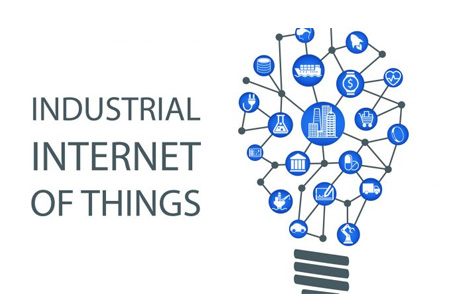THANK YOU FOR SUBSCRIBING
The issues that Tech talent has to face in the APAC Region!
Huawei, a Chinese technology company, has announced a five-year budget of $50 million to develop 500,000 information and communication technology (ICT) professionals across Asia Pacific.

By
Apac CIOOutlook | Thursday, November 11, 2021
Stay ahead of the industry with exclusive feature stories on the top companies, expert insights and the latest news delivered straight to your inbox. Subscribe today.
Huawei, a Chinese technology company, has announced a five-year budget of $50 million to develop 500,000 information and communication technology (ICT) professionals across Asia Pacific.
Huawei, a Chinese technology company, has announced a five-year, $50 million budget to create 500,000 information and communication technology (ICT) professionals across Asia Pacific. Experts from across the region gathered on Wednesday for the 2021 Digital Talent Summit webinar, co-hosted by the ASEAN Foundation and Huawei, to discuss how to accelerate the development of digital skills while the area's skilled workforce shortfall persists. According to international consultant Korn Ferry, the Asia Pacific region would have a talent shortfall of 47 million ICT workers by 2030. According to a survey conducted by PricewaterhouseCoopers (PwC), more than half of Asia Pacific CEOs believe it is challenging to find digital talent with the necessary skills.
According to Huawei's 2022 Digital Talent Insight, the problems have also entered a new phase, as the COVID-19 epidemic has changed the digital talent ecosystem in Asia Pacific like nothing before. Emerging technologies such as 5G, cloud computing, big data, artificial intelligence (AI), the internet of things (IoT), and blockchain are poised to transform the digital economy substantially.
Apart from the ability to "breakthrough," Vu Minh Khuong of Singapore's Lee Kuan Yew School of Public Policy argued that emerging digital talents have to be able to encourage synergy and even reshape the world with inventions. Smart Model is a framework he created for step-up talents, with the S standing for strategy role, M for momentum building, A for knowledge acquisition, R for rethink, and T for trust-building. In terms of planning and development of their local talent population, Huawei's Digital Talent Insight agreed that governments needed to lead the way and collaborate closely with industries (demand) and university (supply).
The survey divided countries into three groups for developing digital talent: frontrunners (Singapore, South Korea, Japan), adopters (China, Malaysia, Thailand), and starters (the rest of the world) (Indonesia, India, Vietnam, Philippines, Pakistan and Bangladesh). It was discovered that the Adopter countries demonstrate how a government's digital development activities and investment can affect the speed with which a country accomplishes its digitalization goals. The efforts, however, are insufficient because talent policies can help younger generations but not mid-career converts.





